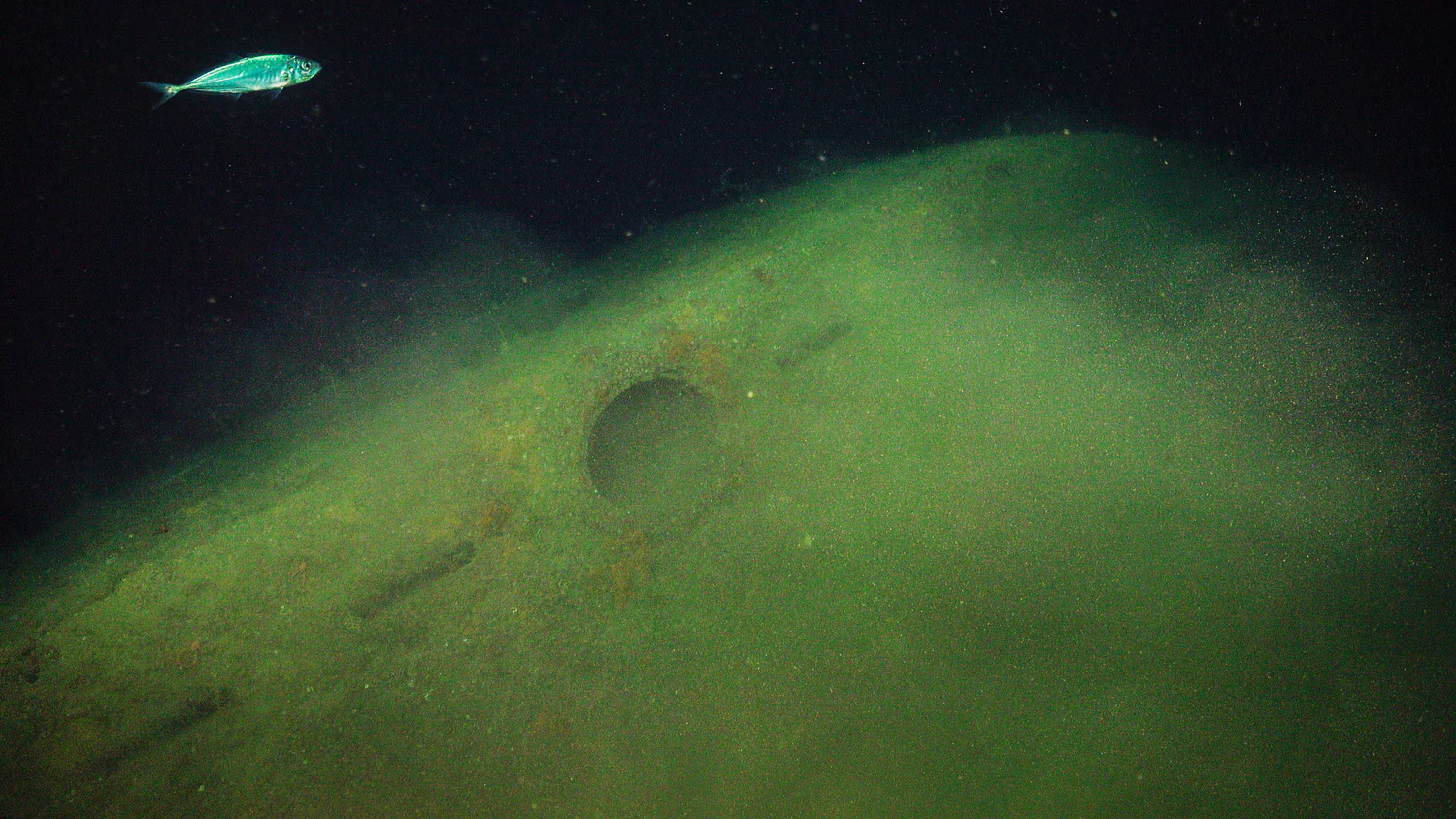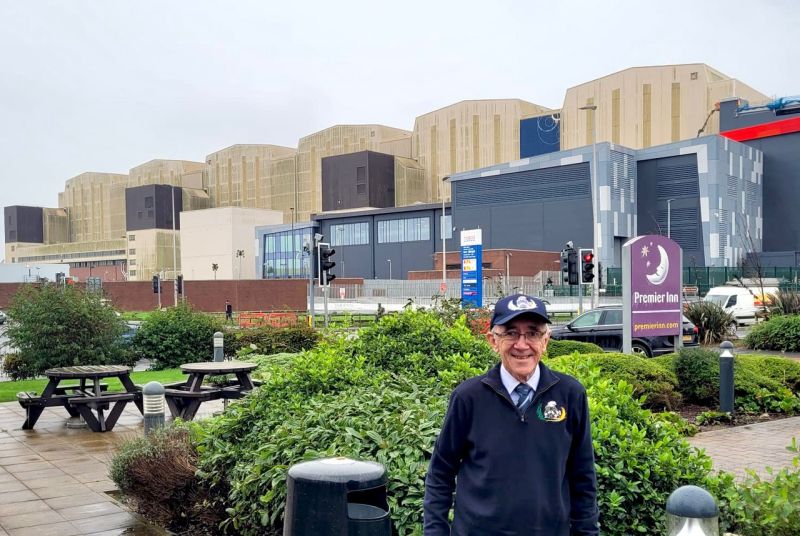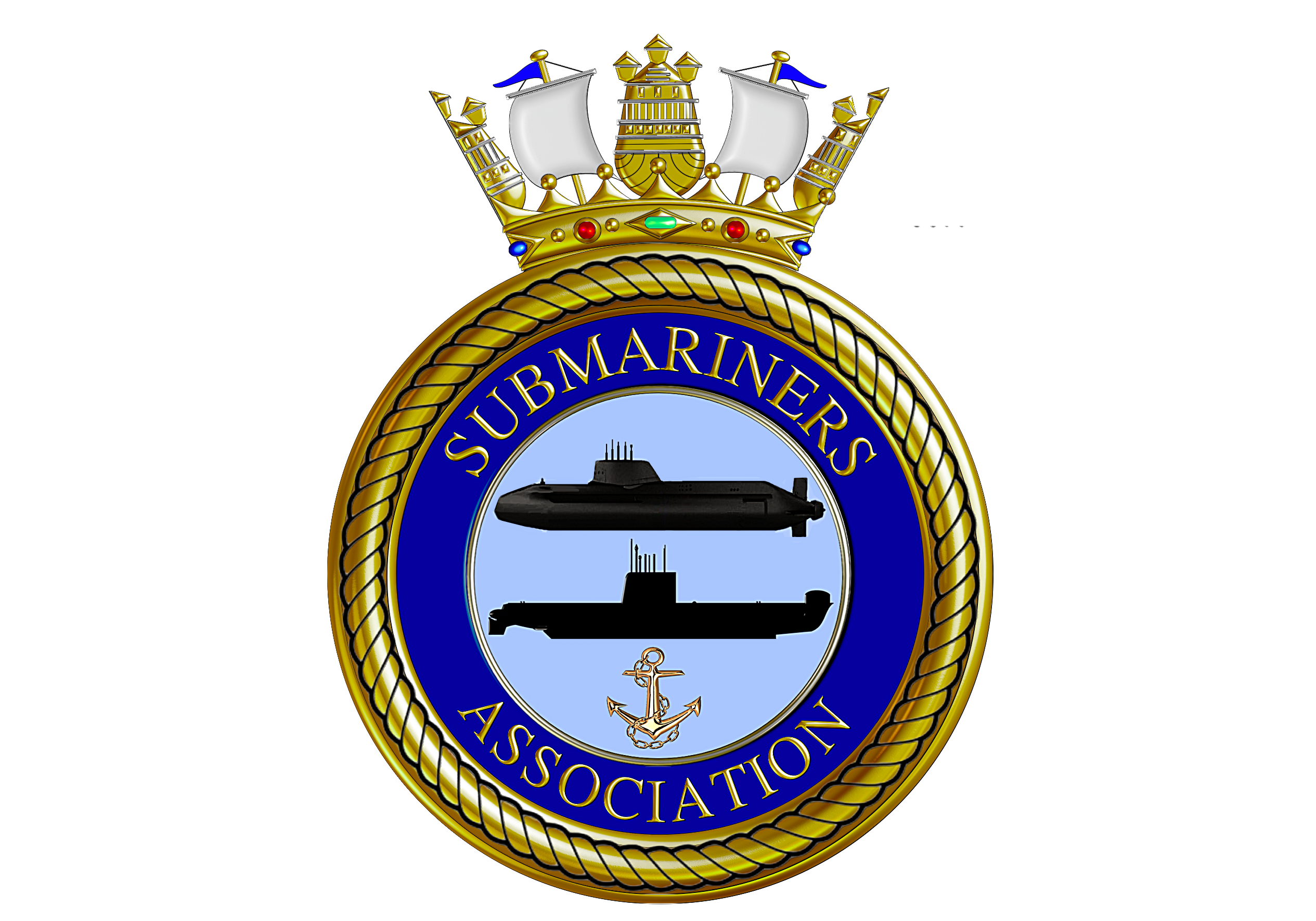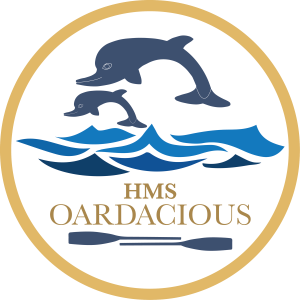At 170 metres deep, Norwegian researchers stumbled over a historic find
He is working hard to map the seabed. He can spend hours looking at seabeds, mud and shrimp. But tonight the job will be a whole annan.


April 09, 1940

Germany invades Norway
Several are stationed outside Rogaland. The good hamns and the large airport at Sola make this an important and strategic area in the war.
In the event of a battle in the North Sea, the use of the airport and the hams can mean the difference between loss and victory.
It is to this area that Norwegian marine explorers are on their way, 83 years later.
Because of the fann here, they don’t want to give the exact location.

October 7, 2023

On a ship loaded with advanced equipment, the foreigners set course for the sea.
There is still a lot that remains.

“We have so little clue about what is on the seabed. We have better maps of some of the sky games than we have of large sea areas, says Kyrre Heldal Kartveit.
For that, it was extra exciting when one of the cameras they previously roamed past no other than sediment and marine organisms.
“It was totally surreal. We didn’t have a good enough camera to identify the wreck, but we saw that this had to be a submarine.
With that, the hunt was on. At the British Royal Navy, they learned that two of the deira submarines that were seinka off the coast of Rogaland during the Second World War were never found.
One was a Triton-class submarine, the other was Odin-class.
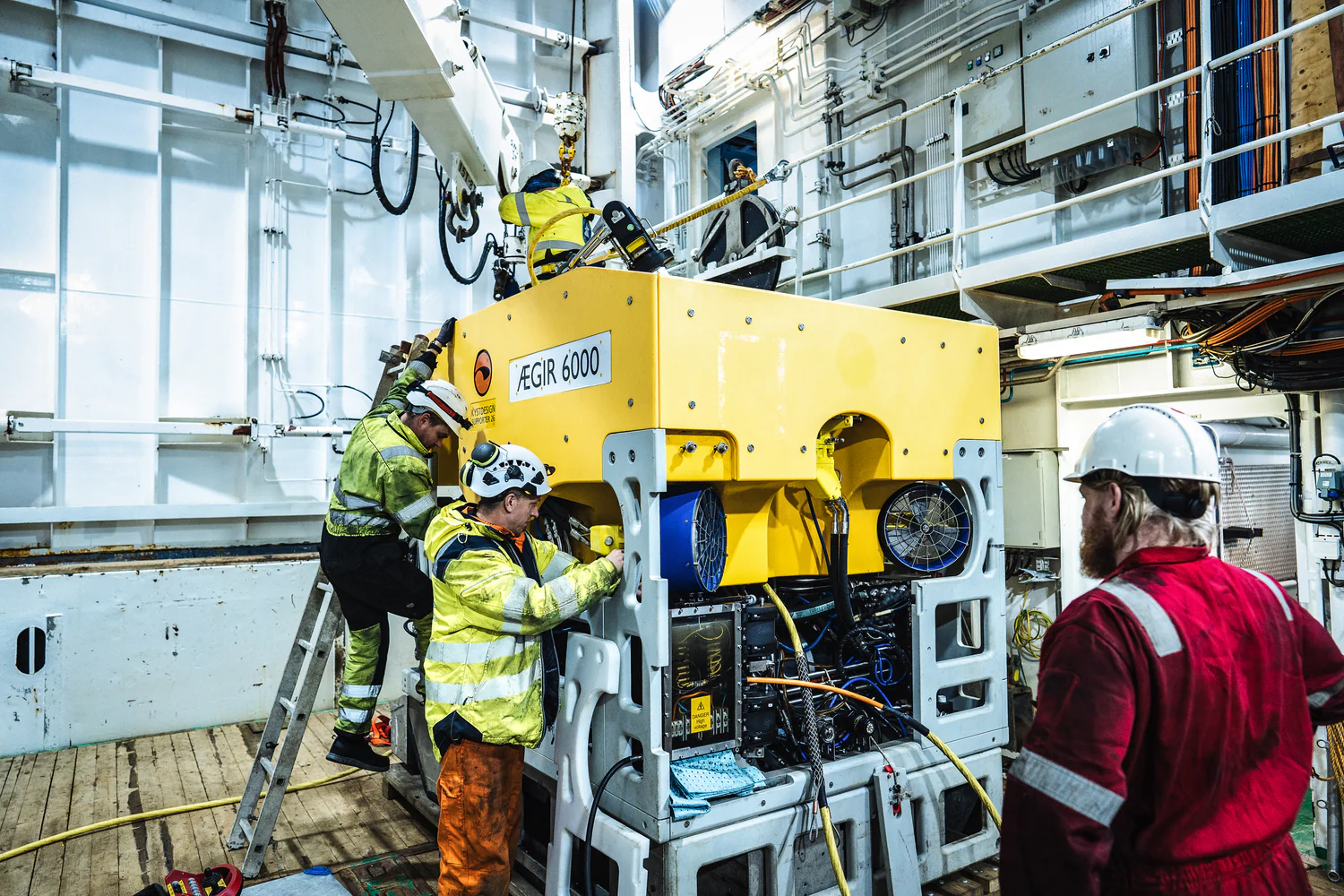
No, more moons after the first sighting, they have caught the underwater robot ÆGIR 6000. With a 4K camera and the ability to dive down to 6000,<> meters, researchers hope to find answers to what vessels they have actually found.
Covered by the darkness of night, the ship arrives at the town where the wreck lies.
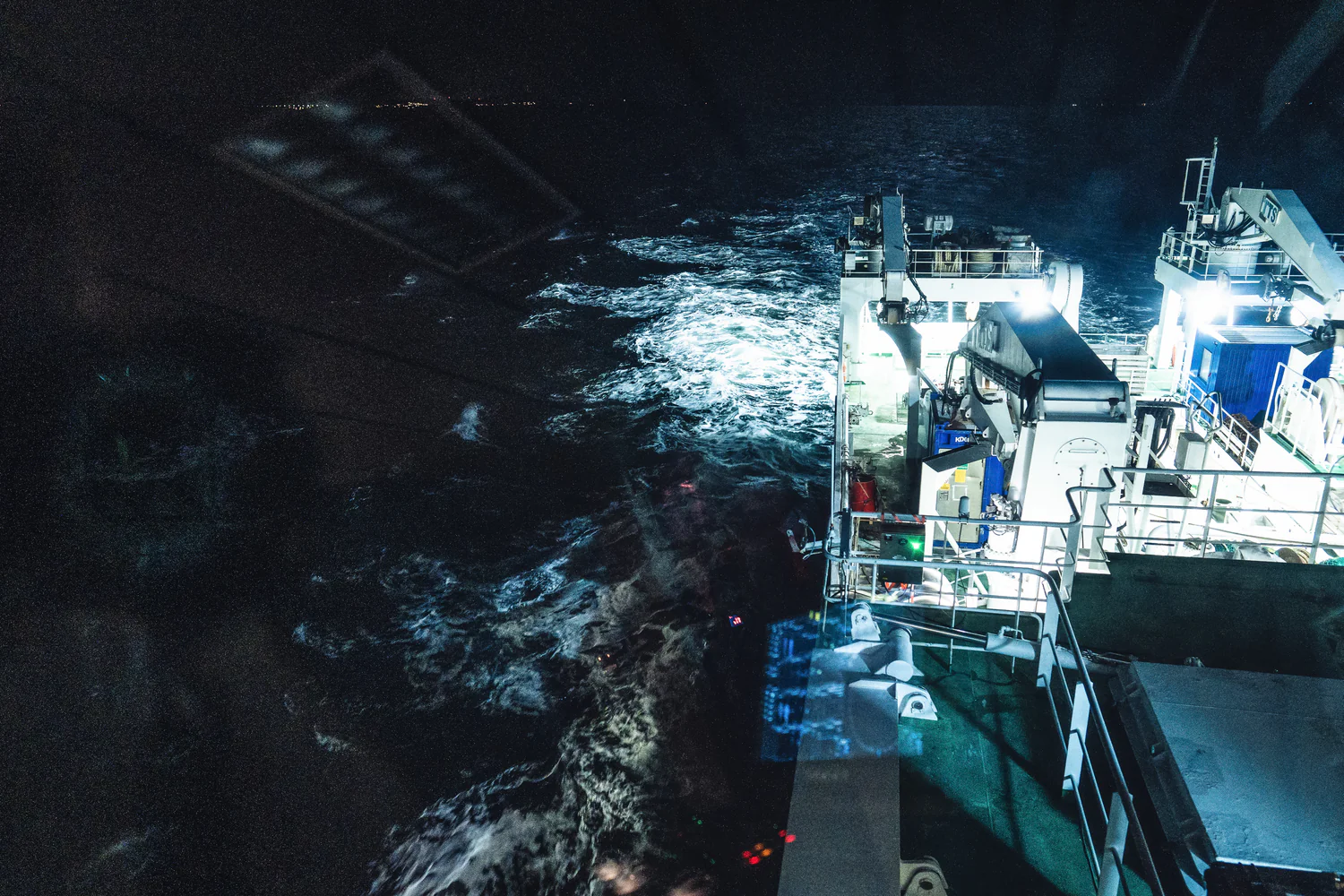
It is 03:07 at night when the ROV is lowered into the sea.
In the control room, tense operators and ocean managers, ready for a mission they will miss late.
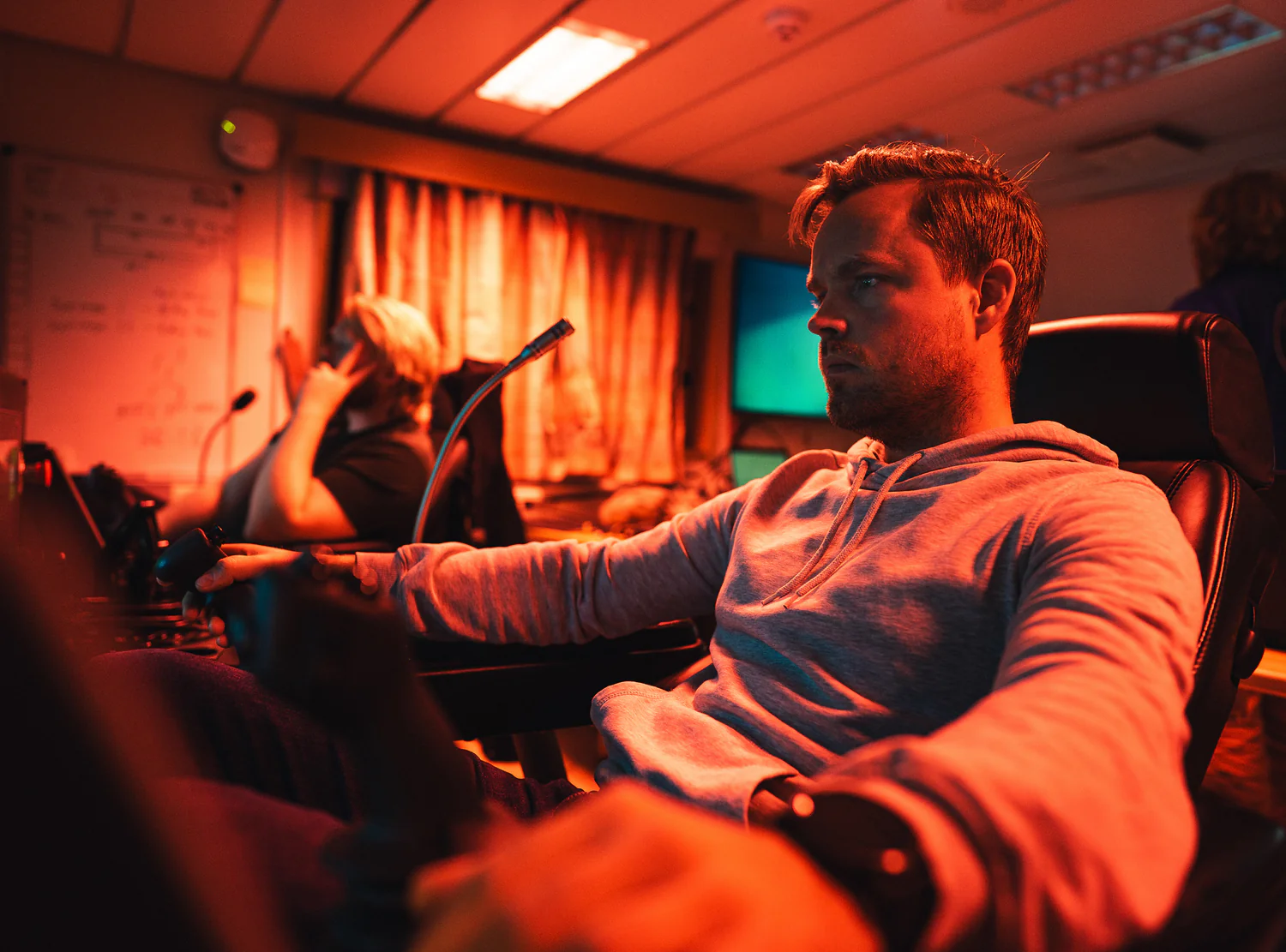
Etter eit drygt kvarter er dei nede på botnen. Dei finn raskt fram.
– Vi har ein ubåt i trynet, seier ROV-piloten.
Dybdemålaren viser 165 meter.
Ei begeistra stillheit legg seg over rommet. Med vidopne auge stirrar dei på dei grøne skjermane, i full konsentrasjon.
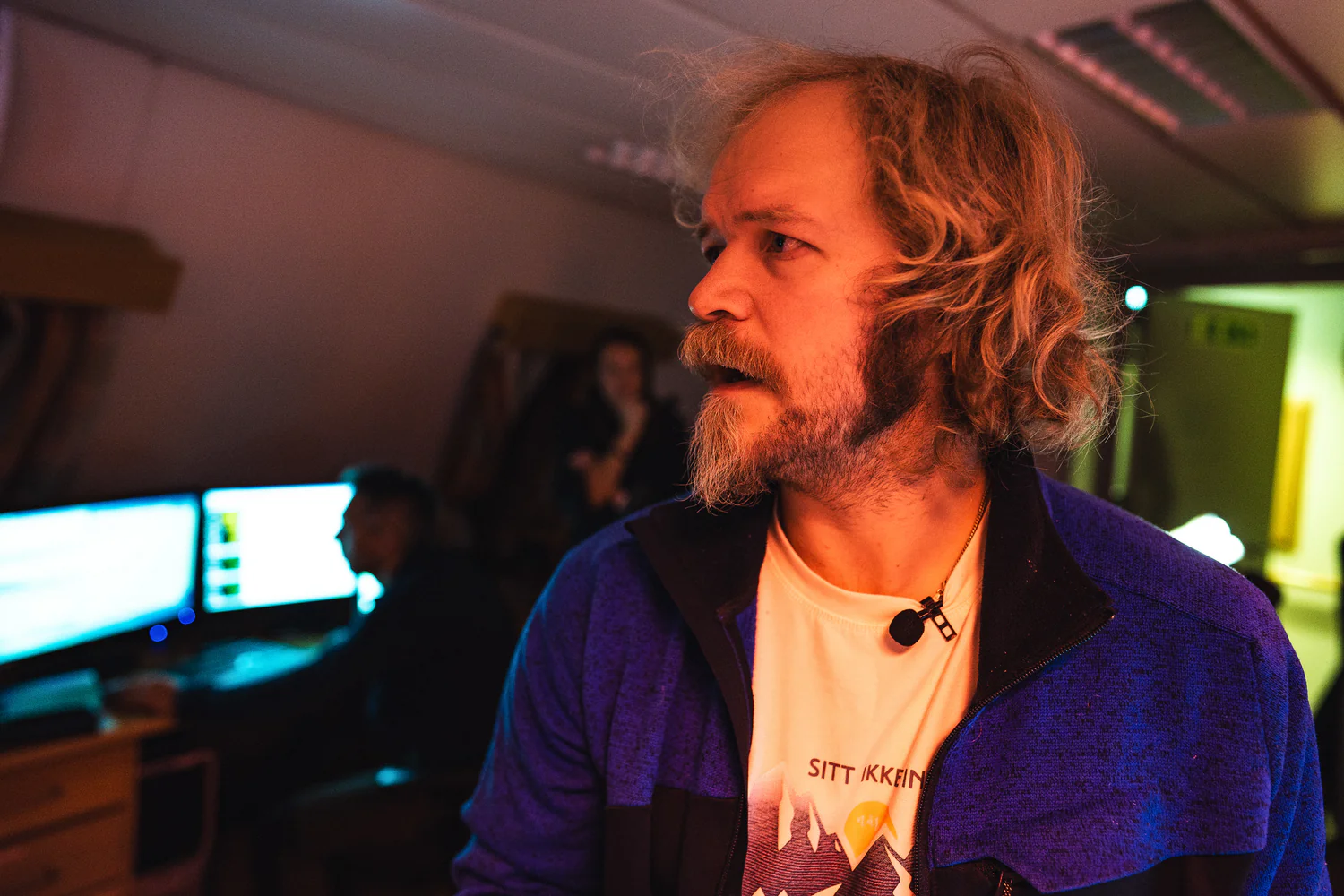
No skal dei leite etter kjennemerker for å sjå om dei passar til ein av dei to britiske ubåtane som gjekk ned utanfor Karmøy, men som aldri blei funne.
Første prioritet er å finne tårnet.
Andre er å telle luftventilane som er på sida av ubåten.
– Det blir litt mystisk og dunkel stemning, når ein veit at dette er ei stor krigsgrav der eit titalls sjømenn gjekk ned, seier Kyrre
Den 84 meter lange ubåten ligg i fleire delar nede på botnen.
Midtdelen, tårnet på ubåten, manglar.
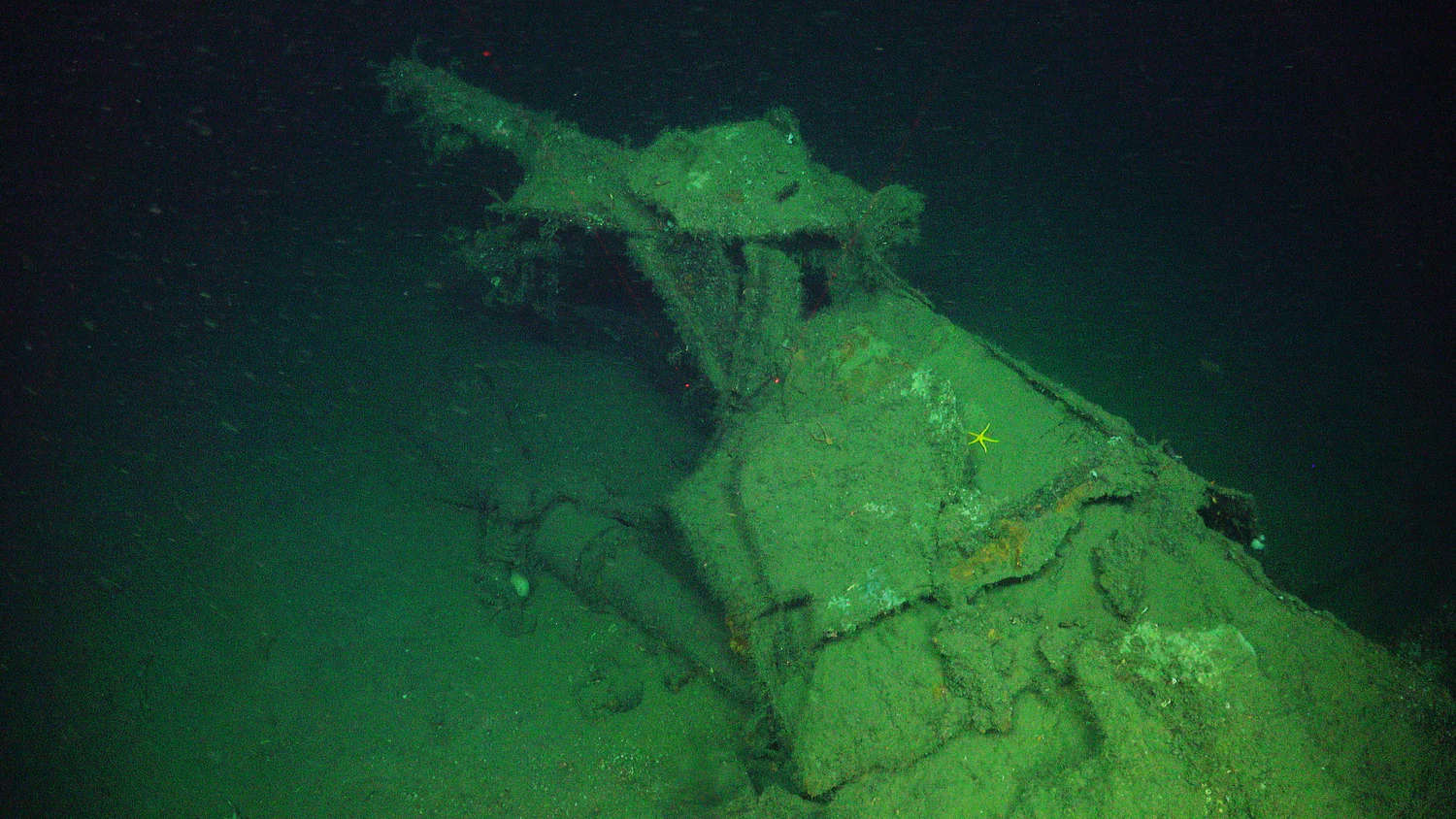
They leiter, but in vain. The tower is gone.
Wildlife teems on the bot. Fiskane stuck out of the submarine, much to their excitement.
Det trengs heller ikkje for å løyse oppdraget. Ved å telle luftventilane på vraket, får dei tydelege svar.
– Vi fann det vi var ute etter. Vi er temmeleg sikre på at dette er HMS Thistle, seier Kyrre

10. april 1940
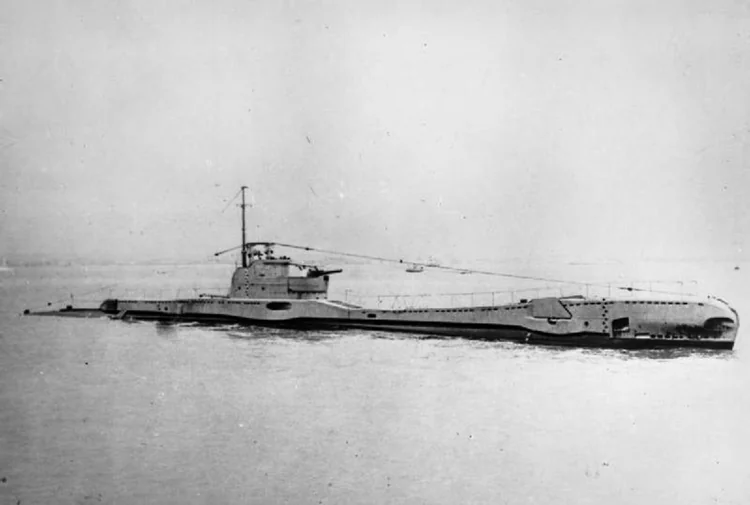
Det er under eitt døgn sidan tyskarane invaderte Noreg.
Om bord er 53 menn, i alderen 20-40 år.
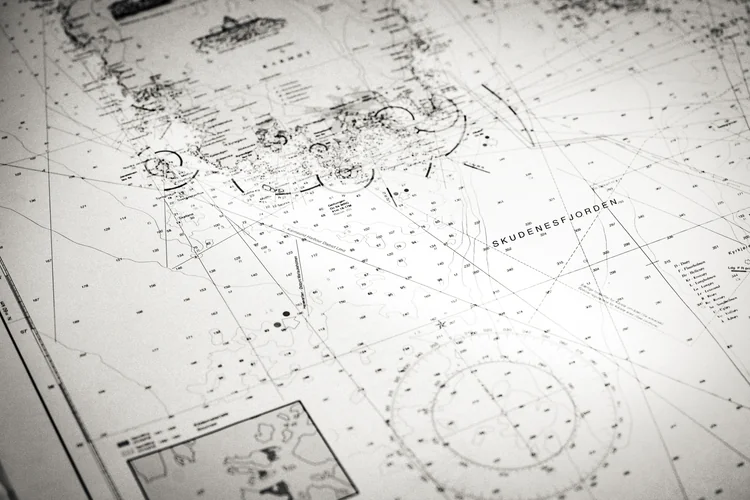
Med to torpedoar igjen, går dei opp til overflata, slik dei må for å lade batteria på ubåten.

Later it turned out that the German submarine had responded to the attack.
At 02.13 in the morning on 10 April, they made HMS Thistle the first British submarine to be sunk by the Germans.
53 British submariners lost their lives. The submarine was never found.

He has been involved in writing a number of books about the Second World War in Rogaland. No sit he a few nautical miles away and be anxious about what the ocean explorers find.
“The other submarines in the area are of a different type or are further south,” he explains.
The history enthusiast thinks the find is huge.
“I thought it was fantastic to have the submarine placed. This is very special, both for history enthusiasts and for the descendants who learn more about what has happened.

HMS Thistle has been identified and G.O. Sars will continue to more traditional assignments.
There is no doubt that the mission has aroused the enthusiasm of crews, marine biologists such as sailors.
“I guess you can say I’ve got a new hobby,” said marine biologist Josefina Johansson.
Ho has spent the last few months reading up on submarines.

“There are colleagues lying there. They were at sea dei and, too long ago. It’s kind of special,” said Even Rong, a netman aboard the G.O. Sars.
He has been following the dive with excitement, and hopes the assignment will help ensure that relatives will get long-awaited answers.

They state to TV 2 that it is a T-class submarine from group 1 that is the find.
They assume it is HMS Thistle, as there are no other known submarine wrecks in the area of this type.

“Regardless of that, this is the last thing for the crew on board to die. We ask that the vessel be left undisturbed,” a spokesperson from the Royal Navy wrote in an email to TV 2.
Josefina hopes the bereaved can have a concrete place to think about when they minnast those who were on board.
“I hope people can have peace when we know what has happened after all these years.
The researchers do not want us to give the exact whereabouts of the wreck, out of respect for the wreck and those who perished.
From no of the recnar they this to be a war grave.
